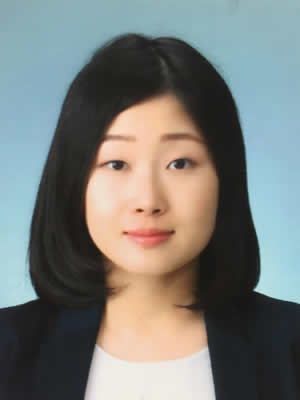 The 19th Asia Pacific Research Prize (Iue Prize) winner: Dr. Chie Sakurada
The 19th Asia Pacific Research Prize (Iue Prize) winner: Dr. Chie Sakurada
Title of Dissertation: “Becoming the Magnificent: Royal Visits and Filmmaking of King Bhumibol”

- Dr. Chie Sakurada
-
- Career -
Chie Sakurada is an Affiliated Assistant Professor of the Graduate School of Asian and African Area Studies, Kyoto University. She received her M.A. from the Graduate School of Global Studies, Sophia University in 2012. From September 2012 to August 2014, she was an International Staff of Faculty of Arts, Chulalongkorn University (Thailand). She completed a doctoral program at the Graduate School of Asian and African Area Studies, Kyoto University in 2017, and received a Ph.D. (Area Studies) in 2019. One of her important works was The People Behind the Throne: A record of King Bhumibol’s Struggle for Cinema and Provincial Visits. (2018, Fukyosya.)
- Summary -
In the Kingdom of Thailand, located in mainland Southeast Asia, the late King Bhumibol Adulyadej held supreme authority in his region, 1946-2016. His words influenced every aspect of the country’s political, economic, and social policies and served as a guide for his subjects’ lives. Images of his royalty appear in abundance across the country, and even now, several years after the former king’s death, photographs from when he was young are still shared frequently on social media. Why and when did Thai people begin to take such a great interest in the royal family?There has been little discussion of the Thai monarchy due to various reasons, including the observance of lese-majeste laws. Therefore, with a focus on provincial visits that took place in the early years of King Bhumibol’s reign and the enthusiastic welcome that he received from locals, as well as the rapid spread of the “His Majesty’s Films” newsreels featuring the king, this paper investigates the foundation of the national reverence for King Bhumibol.
King Bhumibol Adulyadej has been referred to as a unique king due to his frequent provincial visits. At the peak of his reign, he spent an average of over 250 days per year making provincial visits, which were the main part of his official activities. However, in the 1950s, when he ascended the throne, few Thai people, especially those in the countryside, would have recognized his face.
To overcome this situation, in the first half of 1950, the king began to focus his efforts on local screenings of “His Majesty’s Films,” personally supervising the production and distribution of these films, often shown in schools and hospitals, that acted as propaganda for his administration. By the late 1950s, footage of scenes of Thai people enthusiastically welcoming him were seen across the country, disseminated nationwide through “His Majesty’s Films,” and gradually, the films were welcomed as if they were his other self. Though the local screenings of the films ended in the early 1970s, the films, in conjunction with the sharp increase in provincial visits, were major factors in the Thai people’s love and respect for the king. Even when the number of visits began to decline, the widespread use of re-edited footage from “His Majesty’s Films” in books and TV programs through the late 1980s bolstered the king’s image.






